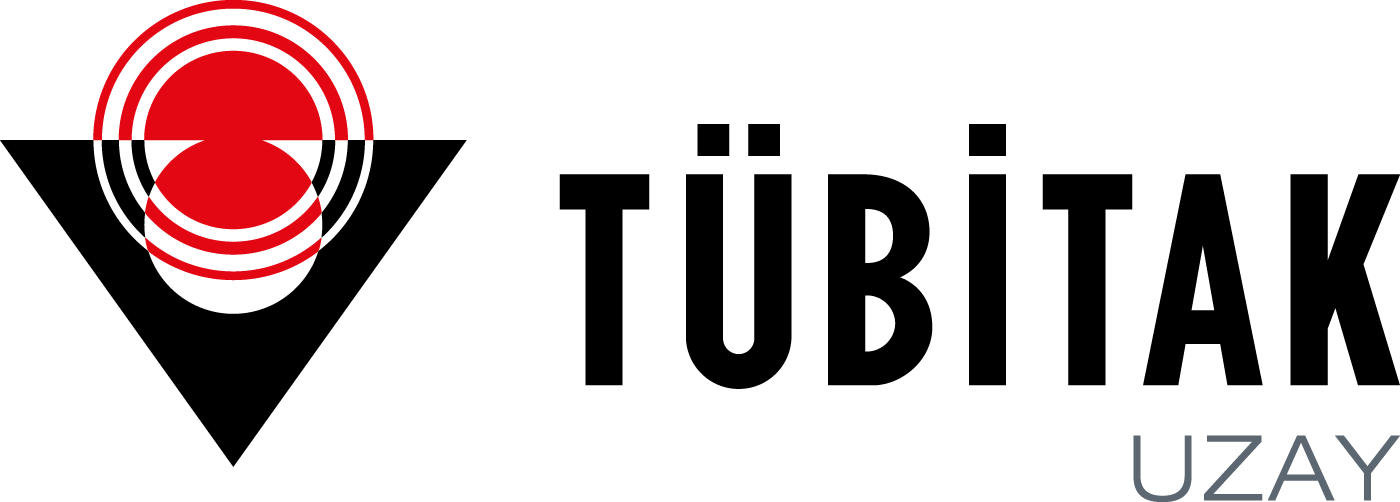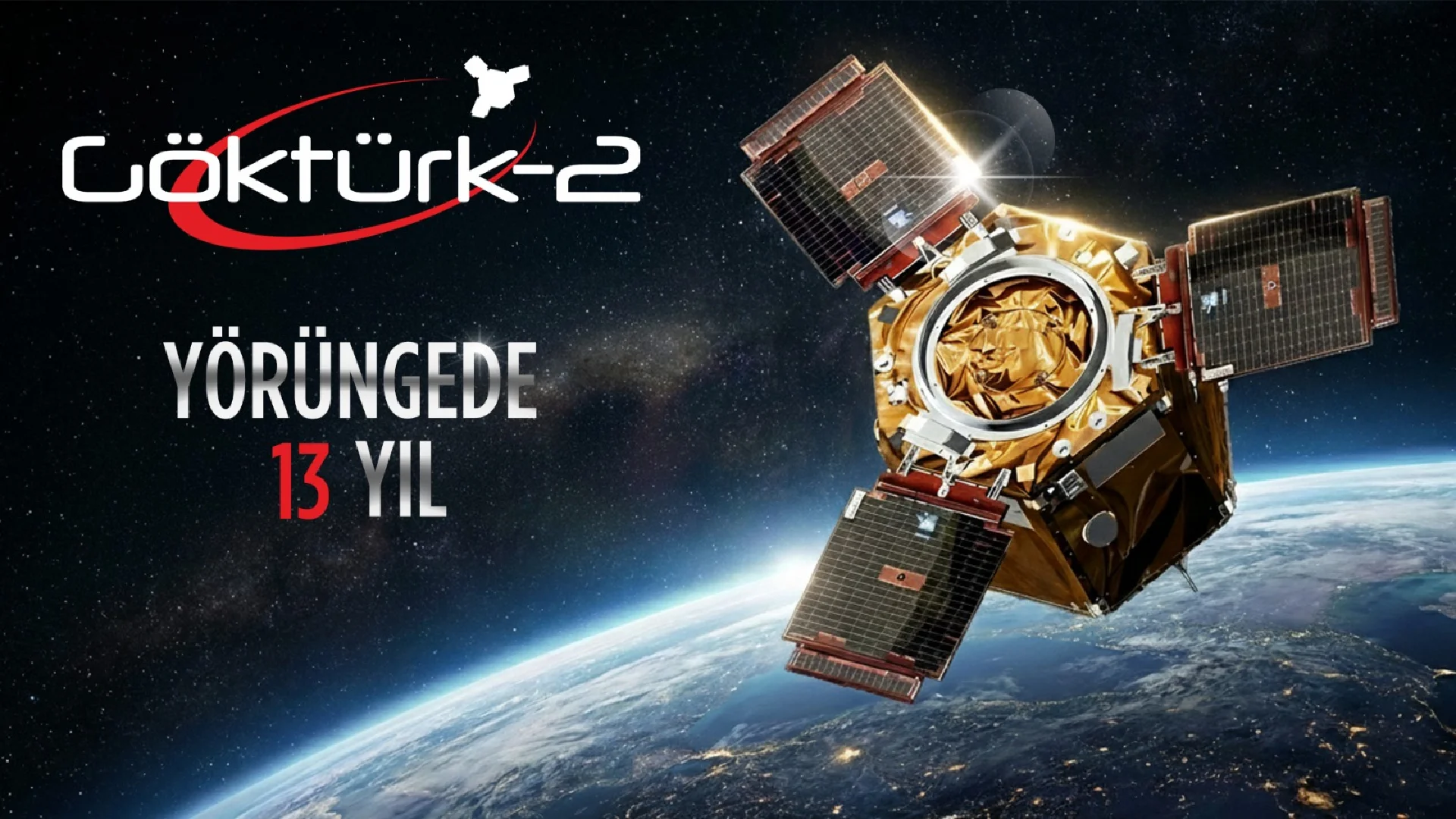Turkey's high-resolution domestic reconnaissance satellite GÖKTÜRK-2 has completed its first year in orbit. The satellite, which made 5 thousand orbits around the Earth, took 2 thousand 400 images in a year.
GÖKTÜRK-2, which was produced with a high localization rate by TÜBİTAK Space Technologies Research Institute (UZAY) and TAI, completed its first year in orbit as of December 18, 2013. Sent into space last year from the Jiuquan Launch Center in China, the satellite made a total of 5,344 orbits in the polar orbit around the Earth. During this time, the satellite communicated 2,850 times with the Air Forces Command's ground station in Ahlatlıbel.
Currently operated by the Air Force Command, GÖKTÜRK 2, which has a resolution of 2.5 meters, has captured 2,400 images to date. With these images taken from all over the world, an area of 3 million square kilometers has been covered.
Technical specifications and capabilities of GÖKTÜRK-2
Weighing approximately 400 kg, GÖKTÜRK-2 is capable of taking images with a resolution of 2.5 meters from every point in the world. It also has a high maneuverability capability to provide stereo imaging capabilities that can be used in the preparation of 3D maps of the earth when desired. The satellite uses a national flight computer and software developed by TÜBİTAK UZAY. GÖKTÜRK-2 also has a high-speed data communication system capable of downloading images of a 600-kilometer strip stretching from the northern to the southern coasts of Turkey in a single pass. GÖKTÜRK-2 is not subject to any international restrictions on image capture and downloading to ground stations.
Second satellite after RASAT
After RASAT, the first domestic observation satellite launched into space on August 17, 2011, the number of observation satellites of Turkey increased to 2 with the launch of GÖKTÜRK-2. The GÖKTÜRK-2 satellite has three times higher image resolution and four times higher mass than the RASAT satellite.






